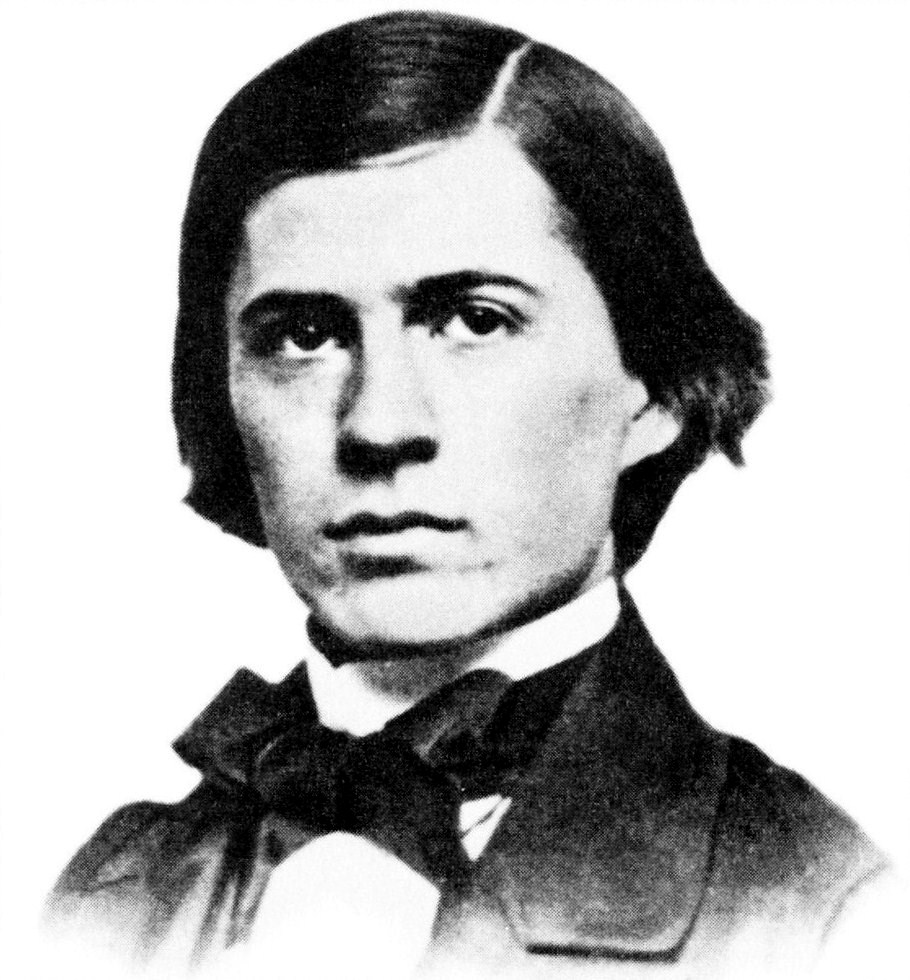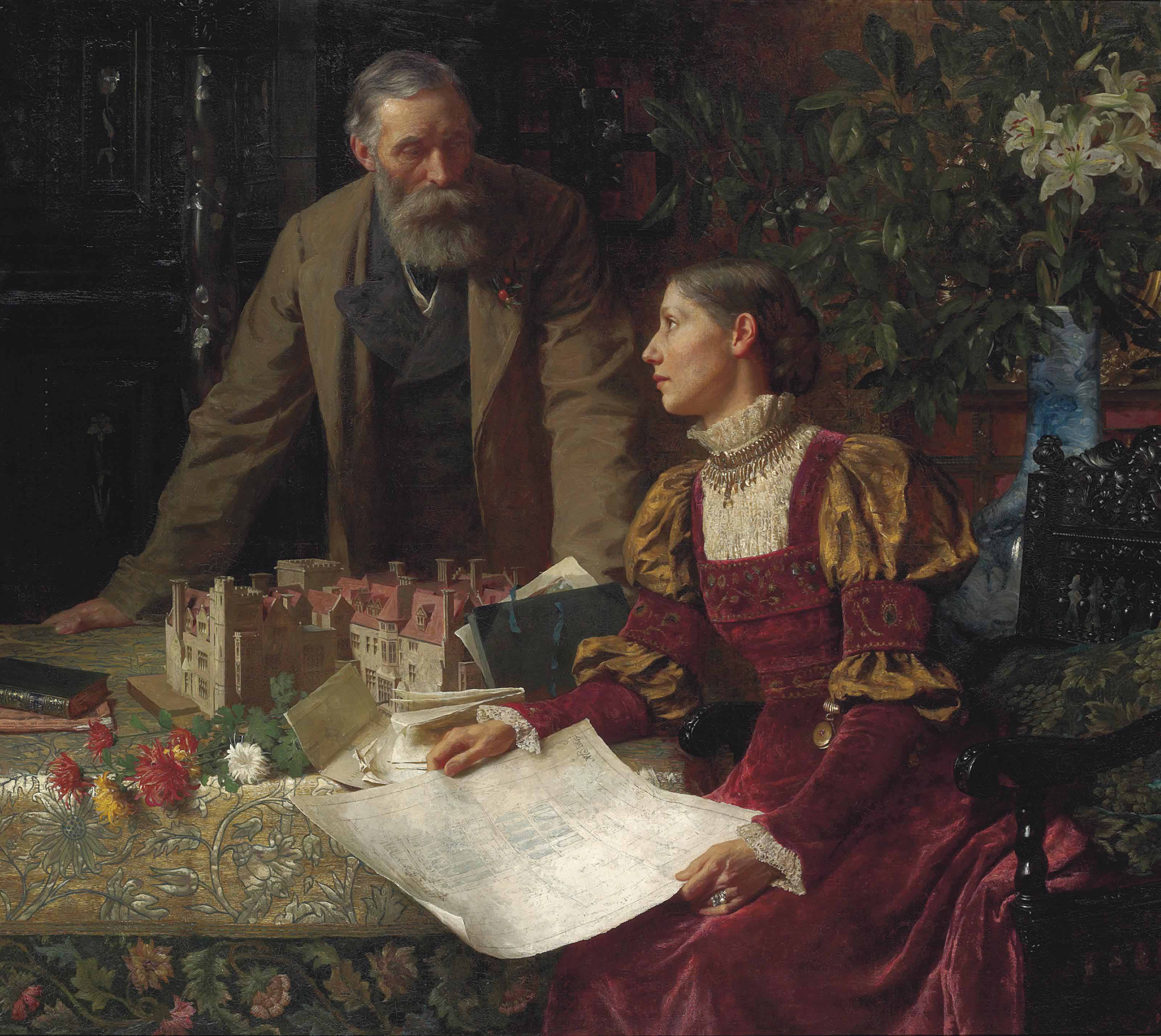|
Semiotic Elements And Classes Of Signs (Peirce)
Charles Sanders Peirce began writing on semiotics, which he also called semeiotics, meaning the philosophical study of signs, in the 1860s, around the time that he devised his system of three categories. During the 20th century, the term "semiotics" was adopted to cover all tendencies of sign researches, including Ferdinand de Saussure's semiology, which began in linguistics as a completely separate tradition. Peirce adopted the term ''semiosis'' (or ''semeiosis'') and defined it to mean an "action, or influence, which is, or involves, a cooperation of ''three'' subjects, such as a sign, its object, and its interpretant, this trirelative influence not being in any way resolvable into actions between pairs." This specific type of triadic relation is fundamental to Peirce's understanding of logic as formal semiotic. By "logic" he meant philosophical logic. He eventually divided (philosophical) logic, or formal semiotics, into (1) speculative grammar, or stechiology on the el ... [...More Info...] [...Related Items...] OR: [Wikipedia] [Google] [Baidu] [Amazon] |
Charles Sanders Peirce
Charles Sanders Peirce ( ; September 10, 1839 – April 19, 1914) was an American scientist, mathematician, logician, and philosopher who is sometimes known as "the father of pragmatism". According to philosopher Paul Weiss (philosopher), Paul Weiss, Peirce was "the most original and versatile of America's philosophers and America's greatest logician". Bertrand Russell wrote "he was one of the most original minds of the later nineteenth century and certainly the greatest American thinker ever". Educated as a chemist and employed as a scientist for thirty years, Peirce meanwhile made major contributions to logic, such as theories of Algebraic logic, relations and Quantifier (logic), quantification. Clarence Irving Lewis, C. I. Lewis wrote, "The contributions of C. S. Peirce to symbolic logic are more numerous and varied than those of any other writer—at least in the nineteenth century." For Peirce, logic also encompassed much of what is now called epistemology and the philoso ... [...More Info...] [...Related Items...] OR: [Wikipedia] [Google] [Baidu] [Amazon] |
Relation (mathematics)
In mathematics, a relation denotes some kind of ''relationship'' between two mathematical object, objects in a Set (mathematics), set, which may or may not hold. As an example, "''is less than''" is a relation on the set of natural numbers; it holds, for instance, between the values and (denoted as ), and likewise between and (denoted as ), but not between the values and nor between and , that is, and both evaluate to false. As another example, "''is sister of'' is a relation on the set of all people, it holds e.g. between Marie Curie and Bronisława Dłuska, and likewise vice versa. Set members may not be in relation "to a certain degree" – either they are in relation or they are not. Formally, a relation over a set can be seen as a set of ordered pairs of members of . The relation holds between and if is a member of . For example, the relation "''is less than''" on the natural numbers is an infinite set of pairs of natural numbers that contains both and , b ... [...More Info...] [...Related Items...] OR: [Wikipedia] [Google] [Baidu] [Amazon] |
Victoria, Lady Welby
Victoria, Lady Welby (27 April 1837 – 29 March 1912), more correctly Lady Welby-Gregory, was a self-educated British philosopher of language, musician and watercolourist. Early life Welby was born to the Hon. Charles Stuart-Wortley-Mackenzie and Lady Emmeline Stuart-Wortley, and christened Victoria Alexandrina Maria Louisa Stuart-Wortley. Following the death of her father in 1844, she travelled widely with her mother, and recorded her travel experiences in her diary. When her mother died on their travels in Syria in 1855, she returned to England to stay with her grandfather, John Manners, the 5th Duke of Rutland, at Belvoir Castle. In 1858 she moved to Frogmore to live with a friend of her mother's – the Duchess of Kent, Princess Victoria of Saxe-Coburg-Saalfeld, Queen Victoria's mother. On the death of the duchess she was appointed a maid of honour to her godmother, the Queen herself. In 1863 she married Sir William Earle Welby-Gregory, 4th baronet (1829– ... [...More Info...] [...Related Items...] OR: [Wikipedia] [Google] [Baidu] [Amazon] |
Representamen
In semiotics, a sign is anything that communicates a meaning that is not the sign itself to the interpreter of the sign. The meaning can be intentional, as when a word is uttered with a specific meaning, or unintentional, as when a symptom is taken as a sign of a particular medical condition. Signs can communicate through any of the senses, visual, auditory, tactile, olfactory, or taste. Two major theories describe the way signs acquire the ability to transfer information. Both theories understand the defining property of the sign as a relation between a number of elements. In semiology, the tradition of semiotics developed by Ferdinand de Saussure (1857–1913), the sign relation is dyadic, consisting only of a form of the sign (the signifier) and its meaning (the signified). Saussure saw this relation as being essentially arbitrary (the principle of semiotic arbitrariness), motivated only by social convention. Saussure's theory has been particularly influential in the st ... [...More Info...] [...Related Items...] OR: [Wikipedia] [Google] [Baidu] [Amazon] |
Universe Of Discourse
In the formal sciences, the domain of discourse or universe of discourse (borrowing from the mathematical concept of ''universe'') is the set of entities over which certain variables of interest in some formal treatment may range. It is also defined as the collection of objects being discussed in a specific discourse. In model-theoretical semantics, a universe of discourse is the set of entities that a model is based on. The domain of discourse is usually identified in the preliminaries, so that there is no need in the further treatment to specify each time the range of the relevant variables. Many logicians distinguish, sometimes only tacitly, between the ''domain of a science'' and the ''universe of discourse of a formalization of the science''. Etymology The concept ''universe of discourse'' was used for the first time by George Boole (1854) on page 42 of his '' Laws of Thought'': The concept, probably discovered independently by Boole in 1847, played a crucial role i ... [...More Info...] [...Related Items...] OR: [Wikipedia] [Google] [Baidu] [Amazon] |
Logic Of Information
The logic of information, or the logical theory of information, considers the information content of logical sign (semiotics), signs and expressions along the lines initially developed by Charles Sanders Peirce. In this line of work, the concept of information serves to integrate the aspects of signs and expressions that are separately covered, on the one hand, by the concepts of denotation and extension (semantics), extension, and on the other hand, by the concepts of connotation and comprehension (logic), comprehension. Peirce began to develop these ideas in his lectures "On the Logic of Science" at Harvard University (1865) and the Lowell Institute (1866). See also * Charles Sanders Peirce bibliography * Information theory * Inquiry * Philosophy of information * Pragmatic maxim * Pragmatic theory of information * Pragmatic theory of truth * Pragmaticism * Pragmatism * Scientific method * Semeiotic * Semiosis * Semiotics * Semiotic information theory * Sign relation * Sign relat ... [...More Info...] [...Related Items...] OR: [Wikipedia] [Google] [Baidu] [Amazon] |
Comprehension (logic)
In logic Logic is the study of correct reasoning. It includes both formal and informal logic. Formal logic is the study of deductively valid inferences or logical truths. It examines how conclusions follow from premises based on the structure o ..., the comprehension of an object is the totality of intensions, that is, attributes, characters, marks, properties, or qualities, that the object possesses, or else the totality of intensions that are pertinent to the context of a given discussion. This is the correct technical term for the whole collection of intensions of an object, but it is common in less technical usage to see 'intension' used for both the composite and the primitive ideas. See also * Extension * Extensional definition * Intension * Intensional definition Concepts in logic Definition {{Logic-stub ... [...More Info...] [...Related Items...] OR: [Wikipedia] [Google] [Baidu] [Amazon] |
Intension
In any of several fields of study that treat the use of signs—for example, in linguistics, logic, mathematics, semantics, semiotics, and philosophy of language—an intension is any property or quality connoted by a word, phrase, or another symbol. In the case of a word, the word's definition often implies an intension. For instance, the intensions of the word ''plant'' include properties such as "being composed of cellulose (not always true)", "alive", and "organism", among others. A '' comprehension'' is the collection of all such intensions. Overview The meaning of a word can be thought of as the bond between the ''idea the word means'' and the ''physical form of the word''. Swiss linguist Ferdinand de Saussure (1857–1913) contrasts three concepts: # the ''signifier'' – the "sound image" or the string of letters on a page that one recognizes as the form of a sign # the ''signified'' – the meaning, the concept or idea that a sign expresses or evokes # the ''referen ... [...More Info...] [...Related Items...] OR: [Wikipedia] [Google] [Baidu] [Amazon] |
Extension (semantics)
In any of several fields of study that treat the use of signs — for example, in linguistics, logic, mathematics, semantics, semiotics, and philosophy of language — the extension of a concept, idea, or sign consists of the things to which it applies, in contrast with its comprehension (logic), comprehension or intension, which consists very roughly of the ideas, properties, or corresponding signs that are implied or suggested by the concept in question. In philosophical semantics or the philosophy of language, the 'extension' of a concept or expression is the set of things it extends to, or applies to, if it is the sort of concept or expression that a single object by itself can satisfy. Concepts and expressions of this sort are monad (Greek philosophy), monadic or "one-place" concepts and expressions. So the extension of the word "dog" is the set of all (past, present and future) dogs in the world: the set includes Fido, Rover, Lassie, Rex, and so on. The extension of the ph ... [...More Info...] [...Related Items...] OR: [Wikipedia] [Google] [Baidu] [Amazon] |
Classes Of Signs
Class, Classes, or The Class may refer to: Common uses not otherwise categorized * Class (biology), a taxonomic rank * Class (knowledge representation), a collection of individuals or objects * Class (philosophy), an analytical concept used differently from such group phenomena as "types" or "kinds" * Class (set theory), a collection of sets that can be unambiguously defined by a property that all its members share * Hazard class, a dangerous goods classification * Social class, the hierarchical arrangement of individuals in society, usually defined by wealth and occupation * Working class, can be defined by rank, income or collar Arts, entertainment, and media * "The Class" (song), 1959 Chubby Checker song *Character class in role-playing games and other genres * Class 95 (radio station), a Singaporean radio channel Films * ''Class'' (film), 1983 American film * ''The Class'' (2007 film), 2007 Estonian film * ''The Class'' (2008 film), 2008 film (''Entre les murs'') Televisi ... [...More Info...] [...Related Items...] OR: [Wikipedia] [Google] [Baidu] [Amazon] |

